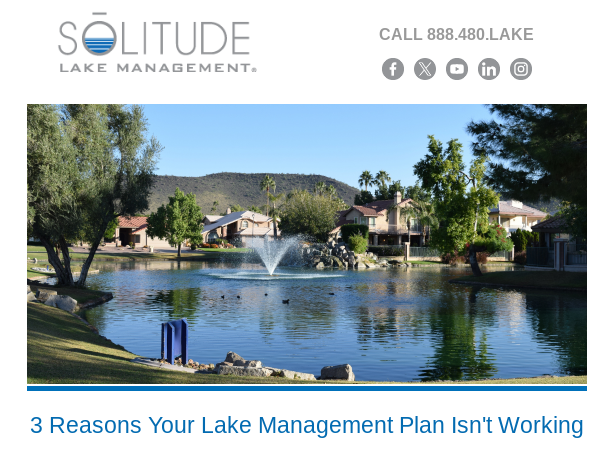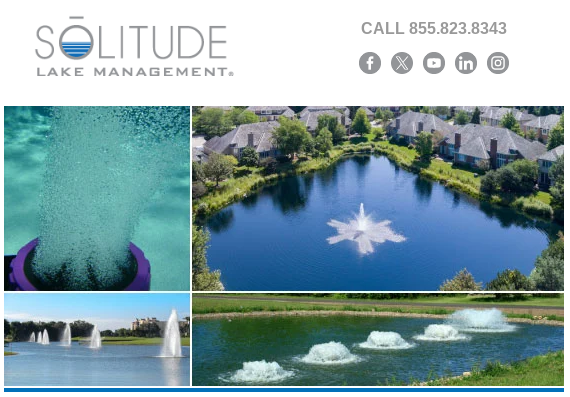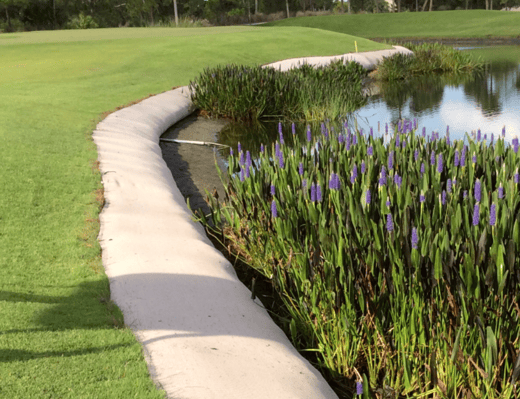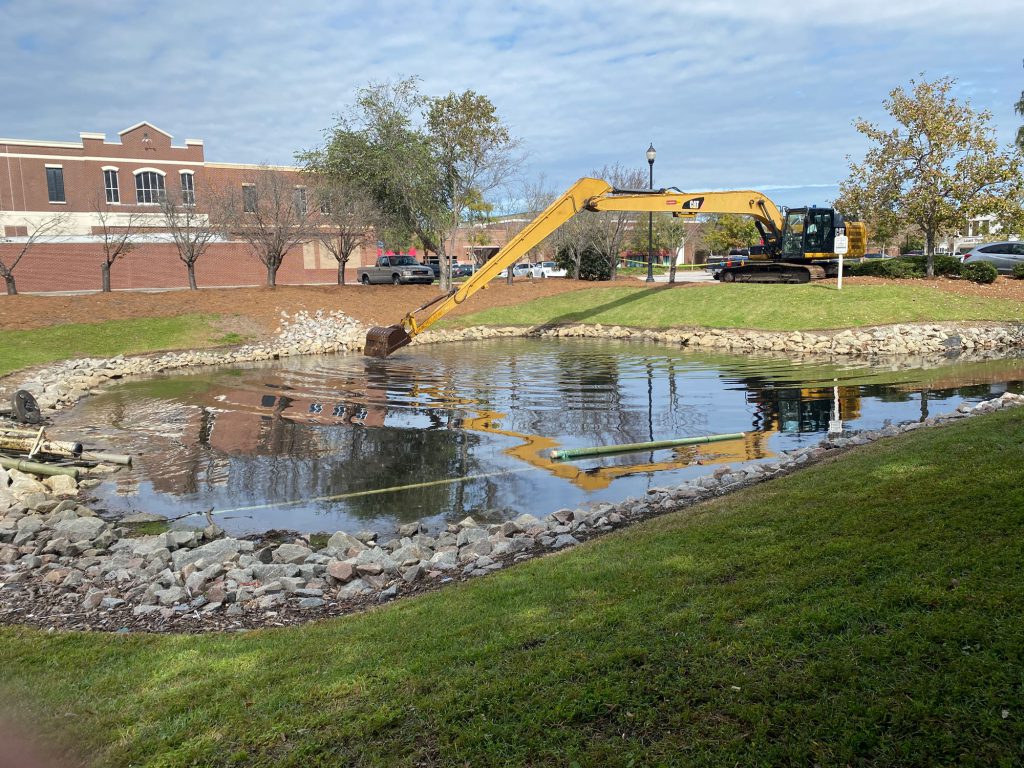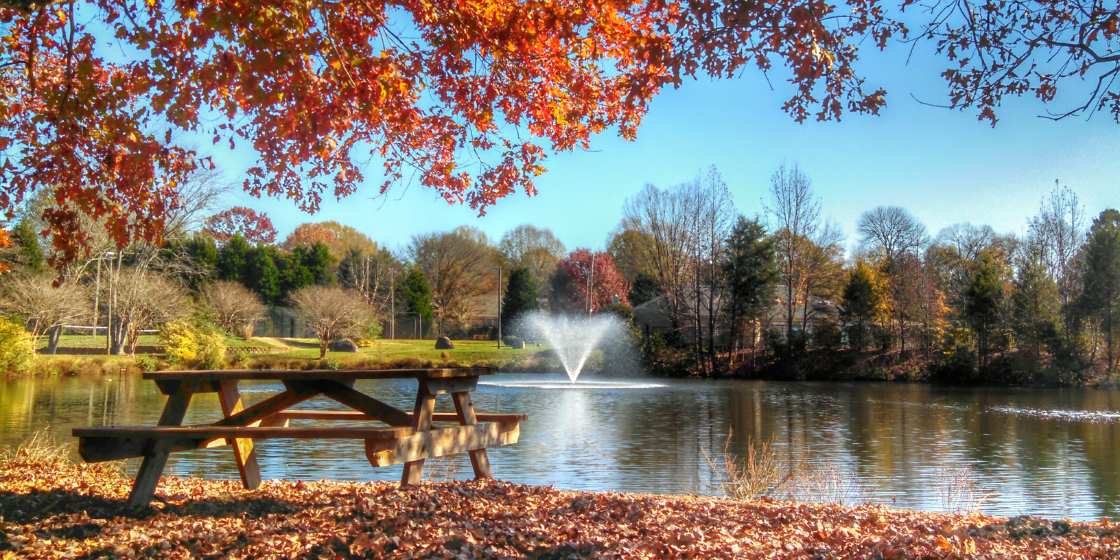3 Reasons Your Lake Management Plan Isn’t Working by SOLitude
Lakes are dynamic ecosystems that are sensitive to their surroundings. As environmental conditions evolve, so does your waterbody, which means your current management plan may become ineffective.
Learn the 3 reasons your management plan may stop working and how to prevent it.
3 Reasons Why Your Lake Management Plan Isn’t Working
If you own or manage a lake or pond, you’ve probably observed gradual, sometimes undesirable changes. Despite responsible management, unforeseen issues can unexpectedly arise, causing complaints and significant challenges for those overseeing them. The fact is, lakes and ponds are dynamic ecosystems that are very sensitive to their surroundings. Even with a well-tailored management program in place, things change. If you find that your current plan isn’t yielding the desired results, it’s crucial to identify and address the underlying issues.
Here are three common reasons why your lake management plan may not be working as intended:
1. Your Lake Management Plan Is Outdated
One of the primary reasons that your lake or pond is responding differently to your management plan is that it’s outdated. Though your management program was initially tailored to the unique characteristics and needs of your waterbody, over time, your goals may change, budget constraints may shift, or alterations to your property could impact the aquatic ecosystem. For example, if you initially designed the lake for aesthetic purposes, but now wish to utilize it for fishing, the management approach needs to evolve accordingly.
Even seemingly minor changes may have big impacts. For example, removing a nearby tree can increase sun exposure, raising the risk of depleted dissolved oxygen levels in the water. Perhaps an invasive species was introduced to your waterbody, leading to shoreline erosion or obstructed stormwater equipment. Or, modifications in landscaping practices, such as switching maintenance companies or starting a garden, could cause new pesticides or fertilizers to enter the ecosystem. These products can significantly alter the natural chemistry of the water, as well as the dynamics within the food chain.
Addressing An Outdated Plan
To address changes of any degree, it’s crucial to regularly reassess and update your management plan to align with your current needs and environmental conditions. This process often begins with water quality testing to take a closer look at characteristics like dissolved oxygen, nutrient concentrations, and the presence of algal toxins or pollutants. From there, many different solutions can be deployed to help restore balance. These may include nutrient remediation products, beneficial bacteria, pond fountains, or lake aerators.
Through an ongoing management plan, professionals conduct testing and visual surveys on a routine basis, allowing them to identify potential issues early. This proactive approach allows for adjustments in management strategies before problems escalate.
2. Climate Change
The impact of climate change on lakes and ponds cannot be underestimated. Increasing summer temperatures lead to increased water evaporation, potentially causing waterbodies to shrink and lose depth. If not addressed, a waterbody can shrink until it’s no more than a puddle. Costly dredging will be required to reset the waterbody to its original depth and volume.
Water evaporation also exposes shorelines to harsh environmental elements, leading to increased erosion or collapse. Harsher winters and tropical storms may exacerbate the damage, posing additional challenges for shoreline stability. Erosion contributes to many water quality issues, such as muck development, cloudiness, foul odors, and heightened risks of flooding. Additionally, eroded shorelines can pose hazards and liabilities. In severe cases, a complete shoreline restoration may be required using bioengineering techniques and materials.
These changes may further threaten the delicate balance of an ecosystem. Diminished water depth affects aquatic habitats and organisms by depleting dissolved oxygen levels and increasing temperatures throughout the water column. Fish, in particular, are sensitive to these fluctuations and fish kills may become more likely as a result.
Seasonal weather conditions are escalating nationwide, but Northern states have experienced some of the most pronounced changes. The growing season is starting earlier and lasting longer, extending the window for nuisance weeds, algae, and toxic cyanobacteria to proliferate.
To counteract the effects of climate change, lake management plans must incorporate adaptive strategies that consider the evolving environmental conditions and their impact on the water.

3. Urban Development and Nutrient Pollution
The encroachment of urban development poses a significant threat to aquatic ecosystems. Stormwater runoff introduces a cocktail of contaminants into the water, transporting pollutants from impermeable surfaces like parking lots and sidewalks. Trash, fertilizers, animal waste, and chemical products may cause nutrient levels to become more concentrated. These conditions foster the growth of nuisance pond weeds and toxin-producing algae that are harmful to humans and deadly to fish, dogs, livestock, and other animals.
In response to nuisance growth, stakeholders often resort to short-lived solutions such as EPA-registered herbicides and algaecides. However, these treatments only address the symptoms and not the root cause. To tackle this issue effectively, lake and pond management plans should incorporate comprehensive stormwater management strategies.

